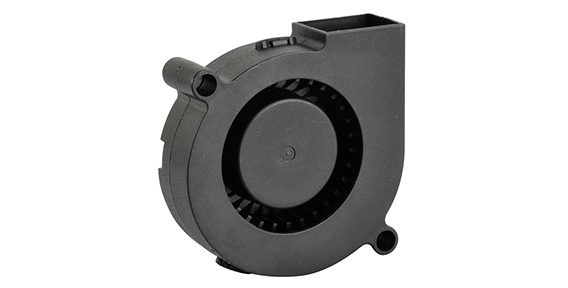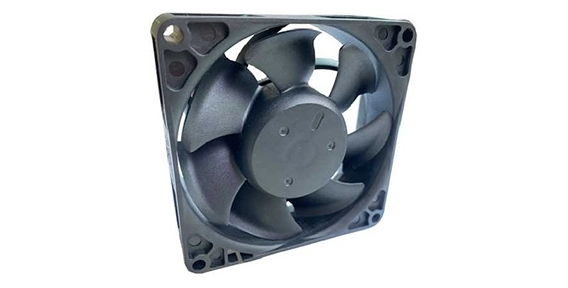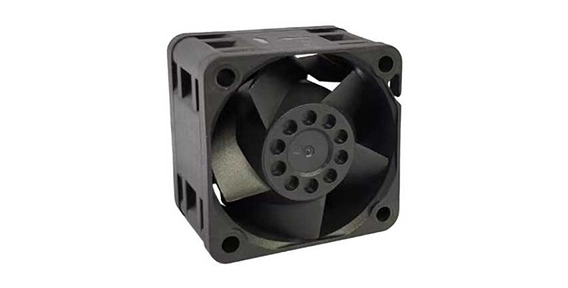Laptop computer fans are an essential component in maintaining the optimal performance and longevity of your device. Over time, dust accumulation and the need for proper fan maintenance can significantly impact the fan's ability to cool the laptop effectively. In this article, we will explore the impact of dust accumulation on laptop computer fan performance, provide instructions on how to clean a laptop computer fan, and discuss methods to control laptop computer fan speed for improved performance.
The Impact of Dust Accumulation on Laptop Computer Fan Performance
Dust is the arch-nemesis of laptop computer fan. As the laptop operates, it naturally attracts dust particles from the surrounding environment, which can clog the fan and hinder its ability to function optimally. When dust accumulates on the fan blades, it restricts the airflow, leading to overheating issues. A dusty fan will work harder and produce more noise while providing insufficient cooling, which can result in reduced performance and potential damage to internal components.

How to Clean a Laptop Computer Fan?
Cleaning your laptop computer fan is a simple process that can be done at home with a few basic tools. Here's a step-by-step guide:
1. Power off your laptop and unplug it from any power sources.
2. Locate the fan's air vents, typically found on the sides or back of the laptop.
3. Use a can of compressed air to blow away dust particles from the fan and surrounding areas. Hold the can upright and use short bursts to prevent liquid from escaping.
4. If the dust is stubborn and cannot be removed with compressed air alone, carefully open the laptop's case according to the manufacturer's instructions. Take caution not to damage any internal components.
5. Once the laptop is open, use a soft brush or cotton swabs dipped in isopropyl alcohol to gently wipe away any remaining dust on the fan and fan blades.
6. Reassemble the laptop and reconnect any disconnected cables.
How to Control Laptop Computer Fan Speed?
To ensure the laptop computer fan operates at an ideal speed, you can use software applications that allow you to control the fan's performance. Some laptops come with built-in utilities for axial fan application. However, if your laptop does not have this feature, there are third-party applications available for download.
Download and install a fan control software that is compatible with your laptop model.
Open the software and navigate to the fan control settings. Here, you can adjust the fan speed according to your preferences. It is important to strike a balance between cooling performance and noise levels.
Experiment with different fan speed settings until you find the optimal configuration that suits your usage patterns.
Ensure that the fan control software is running at startup to maintain the desired fan speed settings every time you power on your laptop.
Upgrading laptop computer fans for improved performance is essential in maintaining a healthy and efficient laptop. Dust accumulation can significantly impact the fan's ability to cool the system, leading to decreased performance and potential damage. Regularly cleaning the fan and its surrounding areas is crucial for optimal functioning. Moreover, by taking advantage of fan control software, users can fine-tune the fan speed to strike a perfect balance between cooling performance and noise levels. By following these steps, you can ensure your laptop computer fan operates at its best and prolong the lifespan of your device.


 EN
EN 

 +
+
 +
+
 +
+



